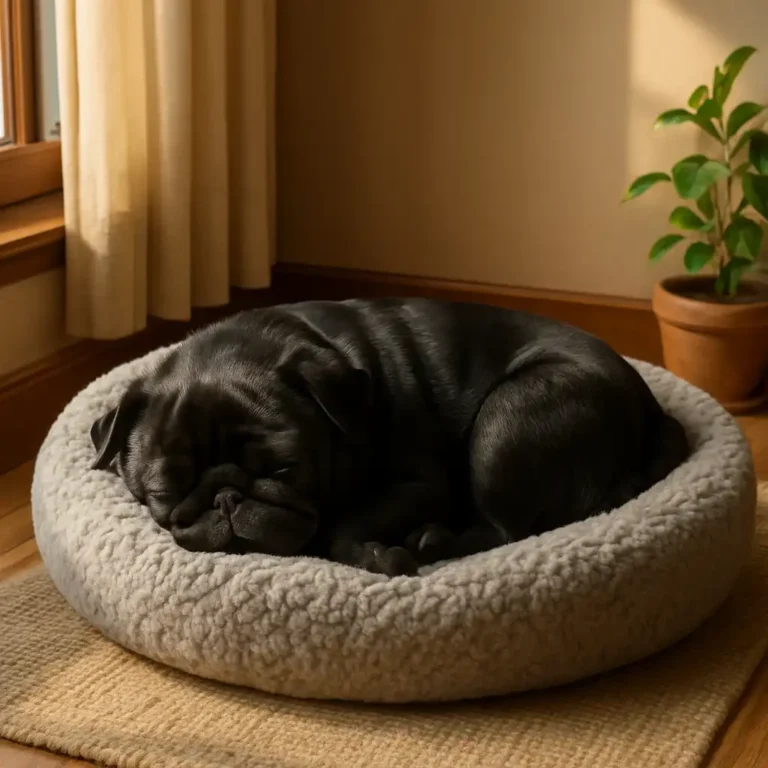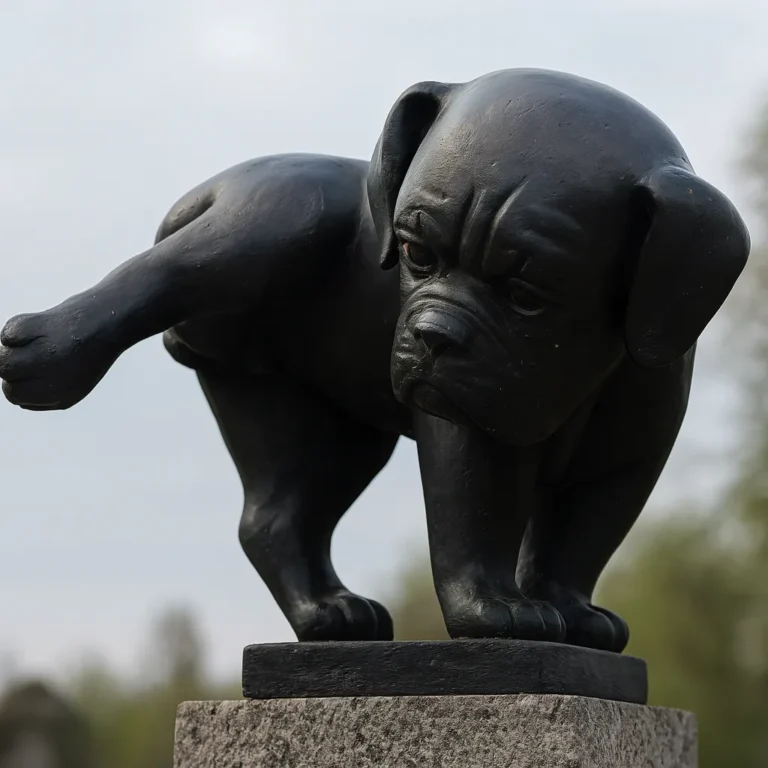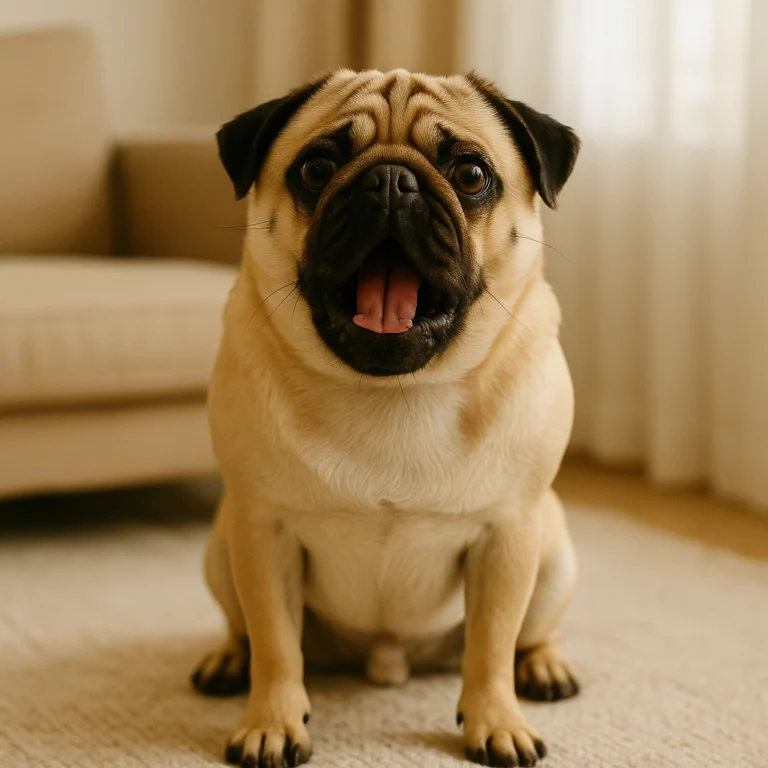Training a Pug Puppy: Essential Tips for Success

Training a pug puppy can be both rewarding and challenging. These adorable dogs are known for their charming personalities, but their stubborn streak can make obedience training tricky. With patience, consistency, and the right techniques, you can teach your pug puppy good manners and essential commands that will last a lifetime.
Understanding Your Pug’s Personality
Pugs are intelligent but also independent, which means they may test boundaries during training. While they thrive on attention and love to please their owners, they can be easily distracted. The key to training success is keeping sessions short, positive, and engaging.
Housetraining Your Pug Puppy
One of the first challenges for new pug owners is housetraining. Since pugs have small bladders, they may need frequent potty breaks.
Tips for Successful Housetraining
- Establish a Routine: Take your pug outside first thing in the morning, after meals, and before bedtime. Consistency is crucial.
- Use Positive Reinforcement: Reward your pug with praise or treats every time they successfully go outside.
- Create a Safe Space: Use a crate or playpen to limit your puppy’s access to areas where accidents may happen.
Patience is key. Pugs may take a little longer to grasp potty training, but with consistency, they’ll develop the right habits.
Teaching Basic Commands
Starting with fundamental commands builds a solid foundation for better behavior. Focus on these key commands:
1. Sit
This command helps your pug develop impulse control.
- Hold a treat above your pug’s head and slowly move it back. As they lift their head to follow the treat, their bottom should naturally lower.
- Say “Sit” as they reach this position, then reward them.
2. Stay
Teaching your pug to stay can prevent them from bolting outside or jumping on visitors.
- Ask your pug to sit, then hold your hand up like a stop sign and say “Stay.”
- Start with short durations, gradually increasing the time.
3. Come
The “come” command is vital for your pug’s safety.
- Start indoors with your pug on a leash.
- Crouch down, say “Come,” and reward them when they reach you.
4. Leave It
This command prevents your pug from grabbing unsafe items.
- Show your pug a treat in your hand, then close your fist and say “Leave it.”
- Reward them the moment they stop sniffing or pawing at your hand.
Managing Stubborn Behavior
Pugs can sometimes be headstrong, especially if they sense inconsistency. To stay on track:
- Be Patient: Avoid frustration. Consistency and calm correction are key.
- Keep Sessions Fun: Pugs respond well to playful, rewarding sessions rather than strict drills.
- Use Treats Wisely: Pugs are food-motivated, but avoid overfeeding. Use small, healthy treats to reinforce positive behavior.
Socializing Your Pug Puppy
Early socialization is essential for raising a confident pug. Introduce your puppy to:
- Different people, including children.
- Other dogs in safe, supervised settings.
- Common household noises, like vacuum cleaners and doorbells.
Proper socialization helps your pug feel secure and reduces anxiety-driven behaviors later in life.
Conclusion
Training a pug puppy requires patience, consistency, and plenty of positive reinforcement. With the right approach, your pug can master essential commands, develop good habits, and become a well-mannered member of the family. Embrace the process with love and persistence, and you’ll enjoy a lifetime of loyalty and laughter with your charming pug.






